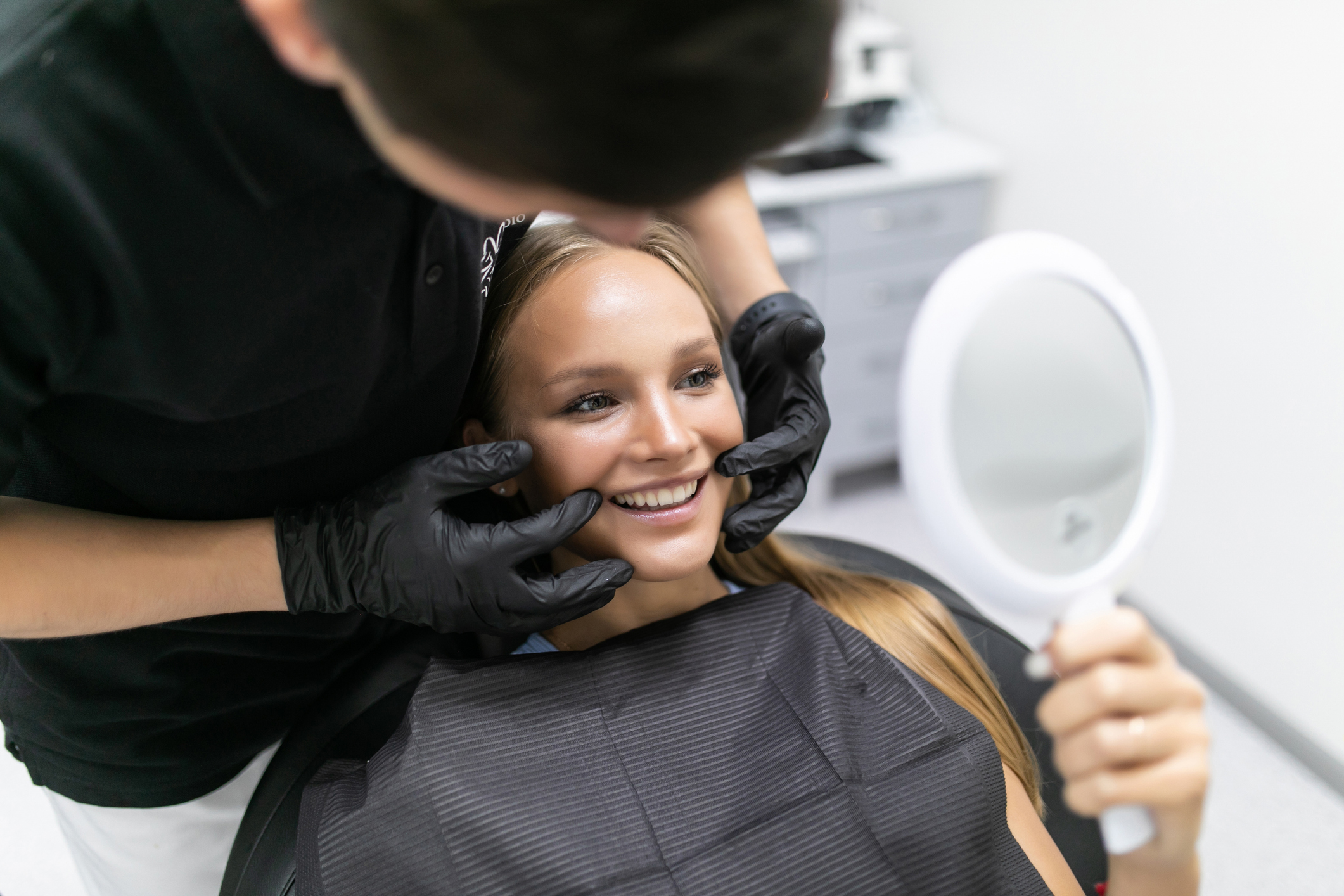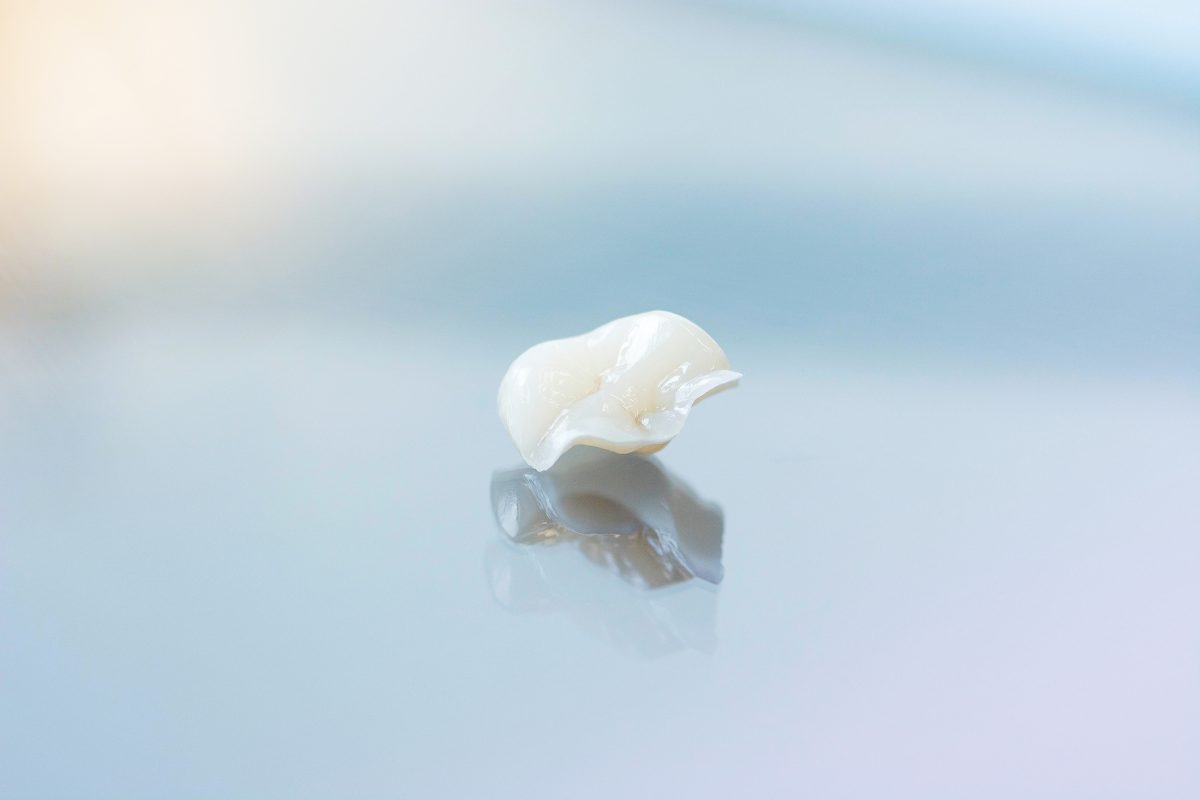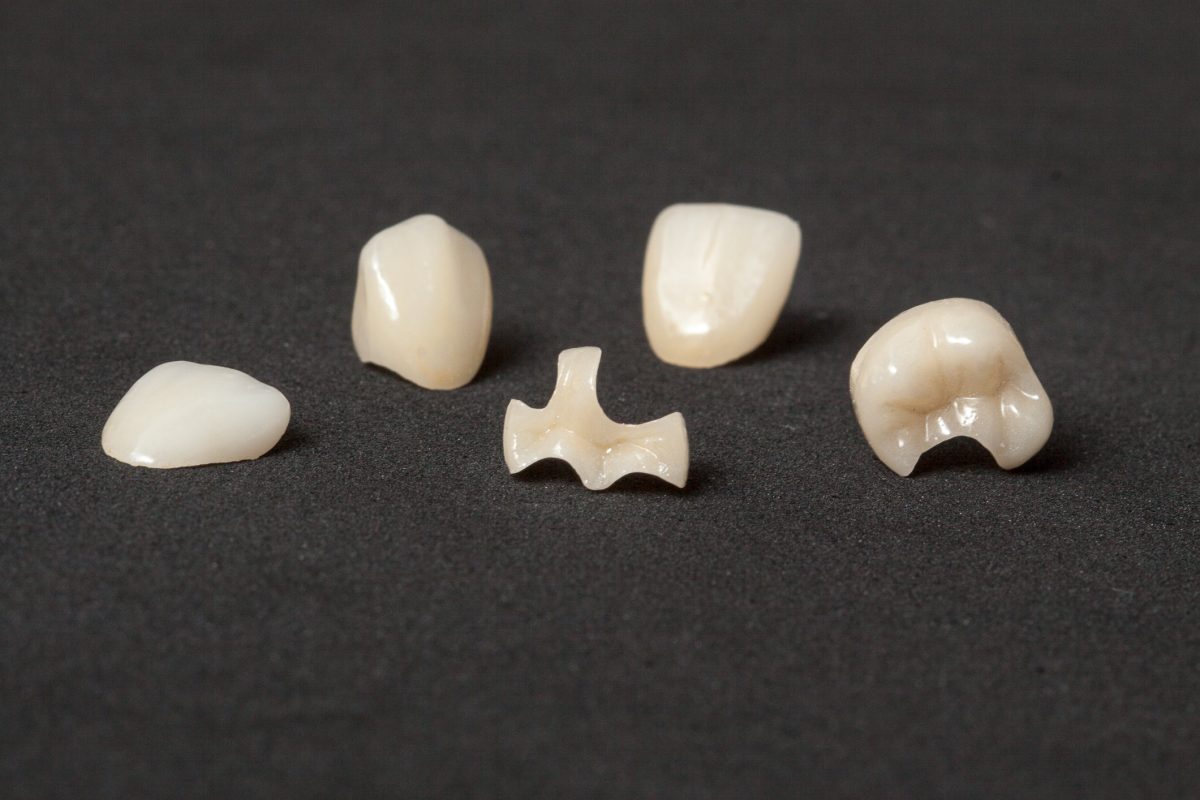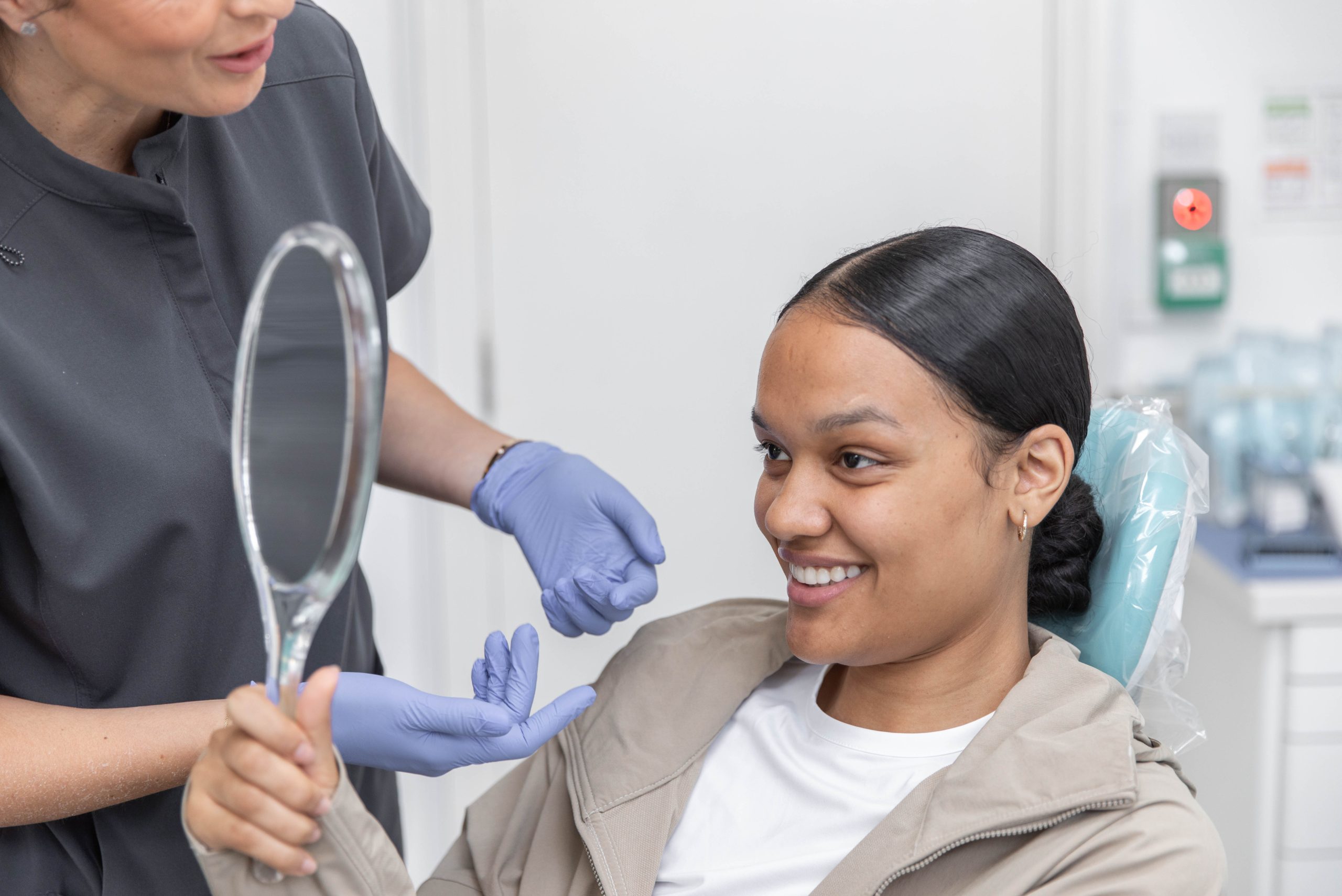Inlays & Onlays
Superior protection for damaged teeth
Inlays and onlays, also known as indirect fillings, can be used to restore areas of decay or damage that are too extensive to be treated with a normal filling. They can provide a less invasive and more affordable alternative to a crown. A long-lasting restorative solution, they are usually placed in teeth at the back of the mouth or can be used to repair large areas on the front teeth.
Book an appointment





